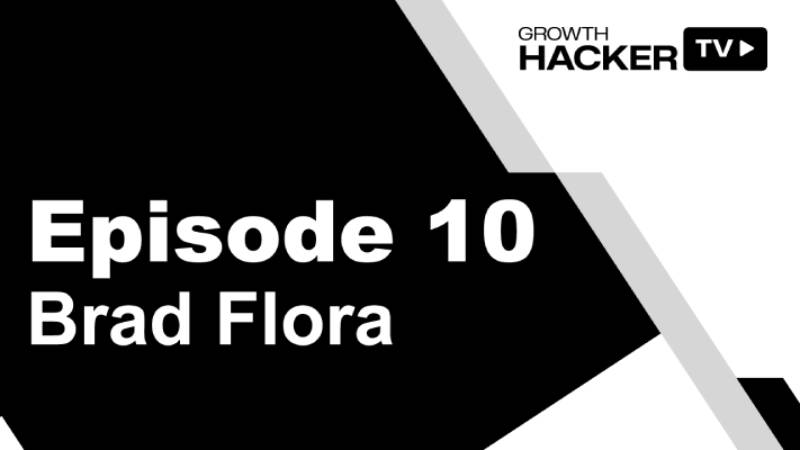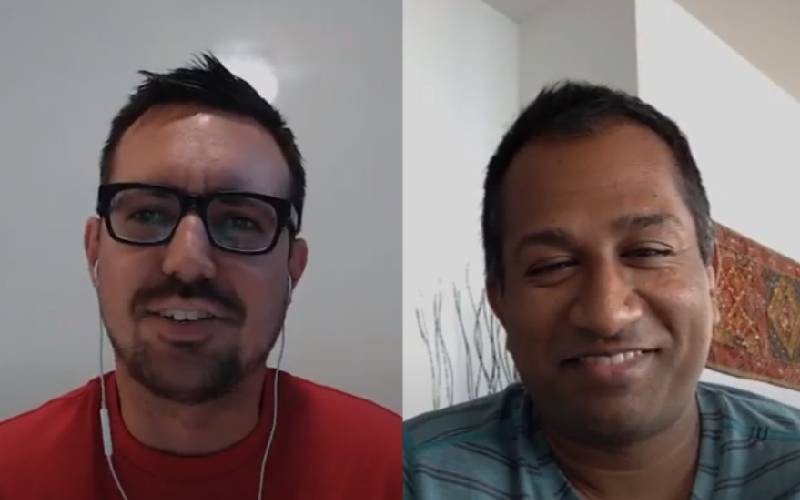GOAL
Email Trinity: By correctly using the three different categories of product emails we can create a growth mechanism from something that is cheap and relatively easy to implement.
INGREDIENTS
Copywriting
Mail App
PERSONNEL
Writer
Developer
TIME
Varies
OVERVIEW
Entrepreneurs can sometimes believe misconceptions about the email that hold them back. Specifically, many developer types consider emails to be annoying and they don’t like the idea of sending them. In reality, email is great for the company and the user, for various reasons.
Email is great for the company because the signal-to-noise ratio is lowest on email compared to other communication channels. If you buy an ad on Facebook then you are competing with 13 cat photos, 2 other ads, and chat notifications beeping at someone. If you send an email you are just competing with yourself (i.e. can you write content that is interesting enough to keep them reading). Email is also much cheaper than other channels.
Email is great for the user because it gives them information that they actually care about (if you do it right), it gives them opportunities for deals, discounts, and contests (which excites most people), it delivers content directly to them (they don’t have to go browse the web and work for it), and they can always unsubscribe with a single click, so they can easily opt-out if it is truly ruining their life.
STEP ONE
To use email effectively you must first master what is called a “drip campaign.” Think of a constant water drip. These emails are timed to be sent at certain intervals after initial signup. Here is an example: someone signs up on your mailing list and you have pre-written emails that you send them on day 1, day 3, day 7, day 14, and day 21 (note: the timing and sequence of these emails might also depend on actions that someone takes, or doesn’t take, in the previous emails).
This may seem like an odd email practice but you are doing a number of incredibly important things. First, you’re training people to expect an email from you. People unsubscribe when you haven’t emailed them in a long time and then you send them something for the first time in 12 months. This is called a cold list. However, if you start sending them emails right away, and continue to do so, then they will build a relationship with you and learn to receive your email.
The second thing you are doing is creating an environment through email where you can sell to them. Each email is a carefully planned building block that gets your prospect closer to buying from you. You shouldn’t ask a girl to marry you on your first date, and you shouldn’t try a hard sell in your first email. There is a science to drip psychology, and below is a basic outline that is gaining popularity online. This will get you thinking in the right direction even if you have to change this formula to work for your business:
Email One: Build Trust
To get people to join your list you should have promised them something of value for free. Maybe a free case study, video, or whatever makes sense for your audience. This first email is just a chance to deliver on your promise and give them the goods.
Email Two: Create Customer
The goal of this email is to transform an email subscriber into a customer. If you get them to buy something, no matter how small the price is (even $1), then their relationship to you has changed in fundamental ways. Sell them a low-cost product that solves a single problem related to your core business, and now they trust you even more than they did when you delivered your free gift in the first email.
Email Three: Sell Product
Now you have moved someone from being a subscriber to being a customer, they are ready to purchase your primary product at a higher price. Tell them why they need your core product (benefits and features), give them plenty of social proof, make them an offer they can’t refuse, and reverse all the risk for them with refund guarantees.
Email Four: Push Profits
They have already bought your core product, but is there a way to upsell them (make them purchase a more expensive plan or add-on), or is there a way to cross-sell them a related good or service? They have qualified themselves as a real buyer at a higher price point, so maximize your profits with them.
Email Five: Stay Connected
The last thing we want is a cold list. A cold list is useless, so make sure that you remain friends with these people. The best way to do this final step is through the next two kinds of emails that we will cover.
STEP TWO
Now that you have a drip campaign in place then you’ll want to work on event-based emails. These are emails which are triggered when a user takes a certain action within your product. Users are constantly giving you insights into their desires and needs through their clicks. If you harness this information you can create powerful emails which continually pull them back into your product (amongst other goals). For a more detailed description of the possibilities with event-based emails, read our Trigger Happy recipe: https://www.growthhacker.tv/recipes/?id=1361
STEP THREE
The last kind of email is what I call a solo email. These emails are not based on drips or events, but these are just one-off emails that a company might send for various reasons. If your company wins an award then send an email. If your company raises money then send an email. If you release a new set of features then send an email. You get the point. These kinds of emails are not trying to sell anything per se, but they give people a real sense of ownership in your progress, and you will become more than a company to them.
EMAIL TRINITY CONCLUSION
Email is far more powerful than most people realize and this recipe gives you a simple framework for understanding the different kinds of email, and the different reasons for each one.
Ready To Grow Your Startup?
Get the strategies, motivation, and in-depth interview with all the details every week!




